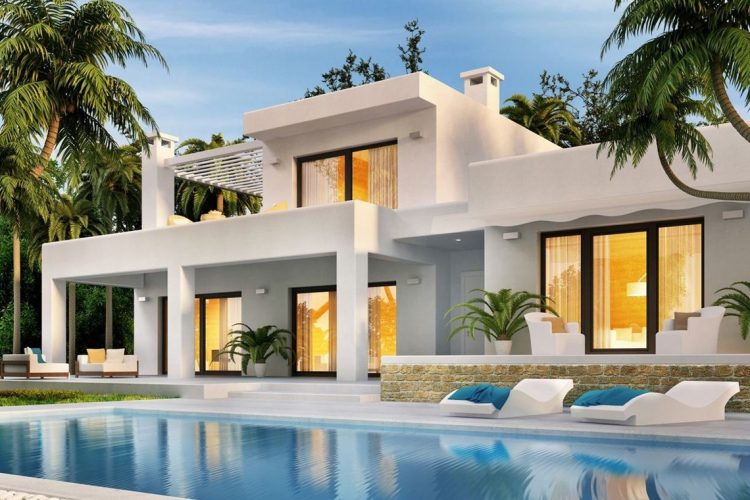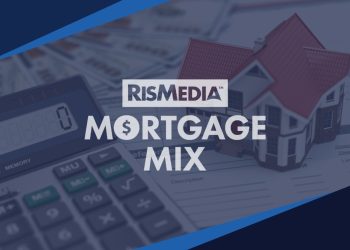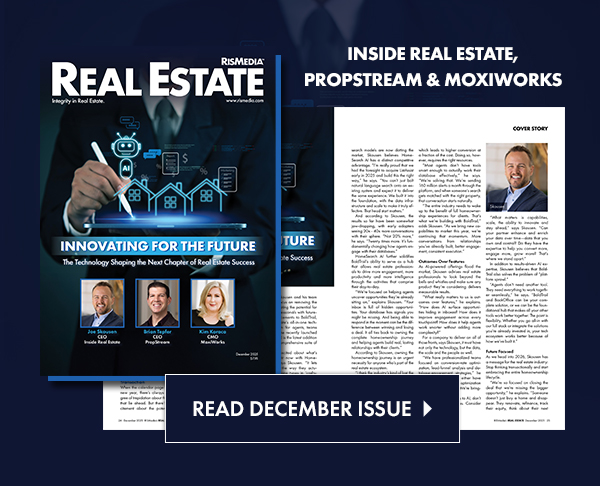According to the Institute’s September 2025 Luxury Market Report, the luxury real estate market has now settled into a more stable rhythm, where fundamentals are driving results. This new era is defined by balance, selectivity and long-term confidence. Sales are up, inventories are expanding and prices remain steady, signaling a sector that’s maturing with intention.
A Return to measured growth
In the single-family luxury segment, September’s data showed inventory up nearly 14% year-over-year, with sales rising by 15.2%. The median sold price increased 2.9%, while the median list price of these sold properties barely nudged upward. This points to a market where buyers are active but discerning sellers are pricing realistically.
The attached luxury housing market showed signs of similar stabilization. Inventory rose 10.2% and sales climbed 14.6% year-over-year, reversing several months of declines. Prices held steady, with the sold median price up 3.46% while the median list price of sold properties remained flat, reflecting buyers’ focus on competitively priced, well-positioned homes.
For luxury professionals, these numbers tell a clear story: the market is not slowing, it’s refining. Buyers are value-driven, seeking properties that blend design, lifestyle, and stability. Sellers are strategic, focusing on pricing aligned with true market value rather than aspiration.
A market in transition, not in decline
While month-to-month data over the last three to four months shows slight slowdowns in both sales and inventory, this should not be mistaken for weakness. In fact, compared to 2024, the overall number of luxury homes sold is higher, reflecting a more balanced, sustainable pace of activity.
This transition points to a broader market recalibration rather than a reversal. Luxury real estate is rediscovering equilibrium, where supply and demand are closer to parity and growth is measured by fundamentals, not speculation. For professionals, this environment rewards patience, data literacy, and client education.
Economic tailwinds and buyer psychology
The broader economic backdrop is providing subtle but meaningful support. The recent rate cuts by both the Federal Reserve – the first in over a year – and the Bank of Canada have improved liquidity and lifted confidence. Mortgage rates, while still high historically, are now at their lowest point of 2025.
For ultra-high-net-worth buyers, the impact is more psychological than financial, but it matters. Renewed optimism in equity markets and expectations of a gentler monetary environment heading into 2026 are helping revive sentiment and activity.
At the same time, global wealth migration, tax shifts, and ongoing construction challenges continue to shape where and how luxury buyers invest. Turnkey properties in prime locations still command premiums, while homes needing renovation take longer to sell.
Local expertise reigns supreme
One of the most defining trends is the re-emergence of regional distinctions in the luxury sector.
Across the U.S., markets such as California, Connecticut, Maryland, Michigan and Virginia remain strong seller’s markets with limited supply and steady absorption. By contrast, much of the Sun Belt and Mountain West—including Arizona, Colorado, Florida, and Texas—has shifted toward balance or buyer-friendly conditions as inventory normalizes after years of rapid growth.
In Canada, Alberta continues to perform as a seller’s market, while British Columbia and Ontario are showing signs of softening, particularly in urban condos impacted by global capital shifts.
For luxury real estate professionals, these patterns reinforce the need for hyper-local knowledge. National headlines, while important in understanding the bigger picture, rarely reflect neighborhood realities. The ability to interpret local trends, understand absorption dynamics, and convey nuance to clients has never been more valuable.
The opportunity ahead
As 2025 draws to a close, the luxury real estate market is defined by confidence rooted in fundamentals. It’s a market where informed strategy matters more than speed, and where professionals who combine economic literacy with local insight will lead the next chapter.
The message for agents and brokers is clear:
- Lead with data and context to help clients make sense of moderation.
- Focus on value, design, and lifestyle alignment over price alone.
- Emphasize local expertise as the key differentiator.
Luxury real estate isn’t retreating, it’s evolving. And for professionals ready to meet clients where strategy meets stability, this new era of balance represents not a slowdown, but a smarter way forward.
Now is the time to deepen your expertise. Leverage insights from The Institute for Luxury Home Marketing, stay informed through their monthly reports, and position yourself as the trusted voice your clients rely on to navigate a market built on confidence, balance, and long-term value.
To read the full report, visit: https://www.luxuryhomemarketing.com/real-estate-agents/ILHM-luxury-report.html











